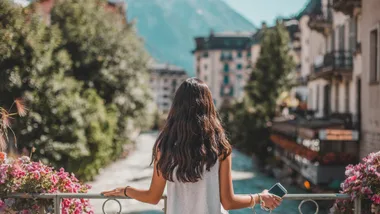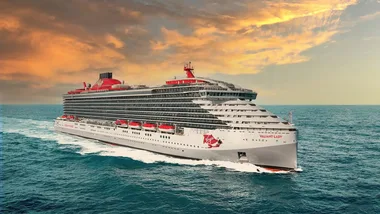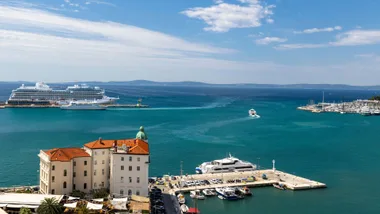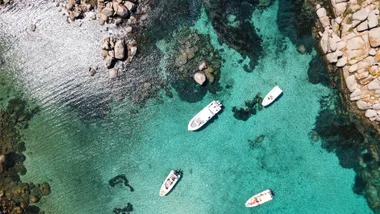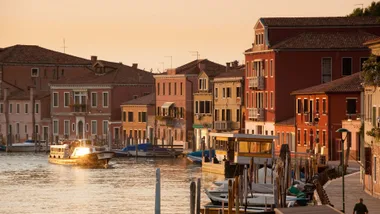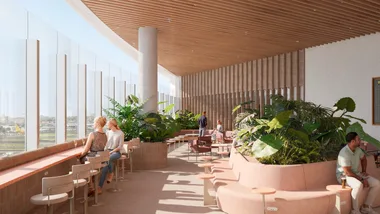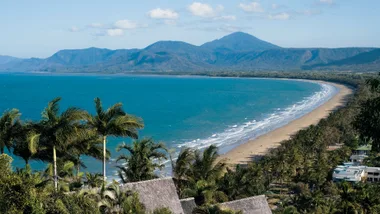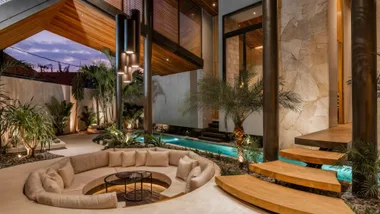Every morning at six, the day’s first Kita-Shinano train staggers out of Nagano station and begins its 47-minute, seven-stop excursion into neighbouring Niigata.
The winter snow gathers on the land in swells of mochiyuki: ethereal, pillowy forms named for their likeness to Japan’s famous glutinous rice cakes. The bends of the Shinano-gawa, Japan’s longest river, echo those of the track. In the distance, the snow-capped Five Mountains of Northern Shinshu are nature’s own screensavers.
The Kita-Shinano is one of my favourite trains on the planet: not just for its views and nostalgic Showa-era carriages, but because catching it generally means I’m about to go skiing. Although this train services resorts across the Japanese Alps, my last two trips have ended at the same destination: Myoko Kogen, a sprawling Japan ski resort that stretches across both Niigata and Nagano.
Although Myoko Kogen doesn’t draw the same crowds as Hakuba or Niseko, it’s far from unknown. The area was one of Japan’s first international ski resorts, gets 14 metres of snow annually and is home to Japan’s longest and steepest ski runs.
Why Myoko Kogen ski region is top of our list
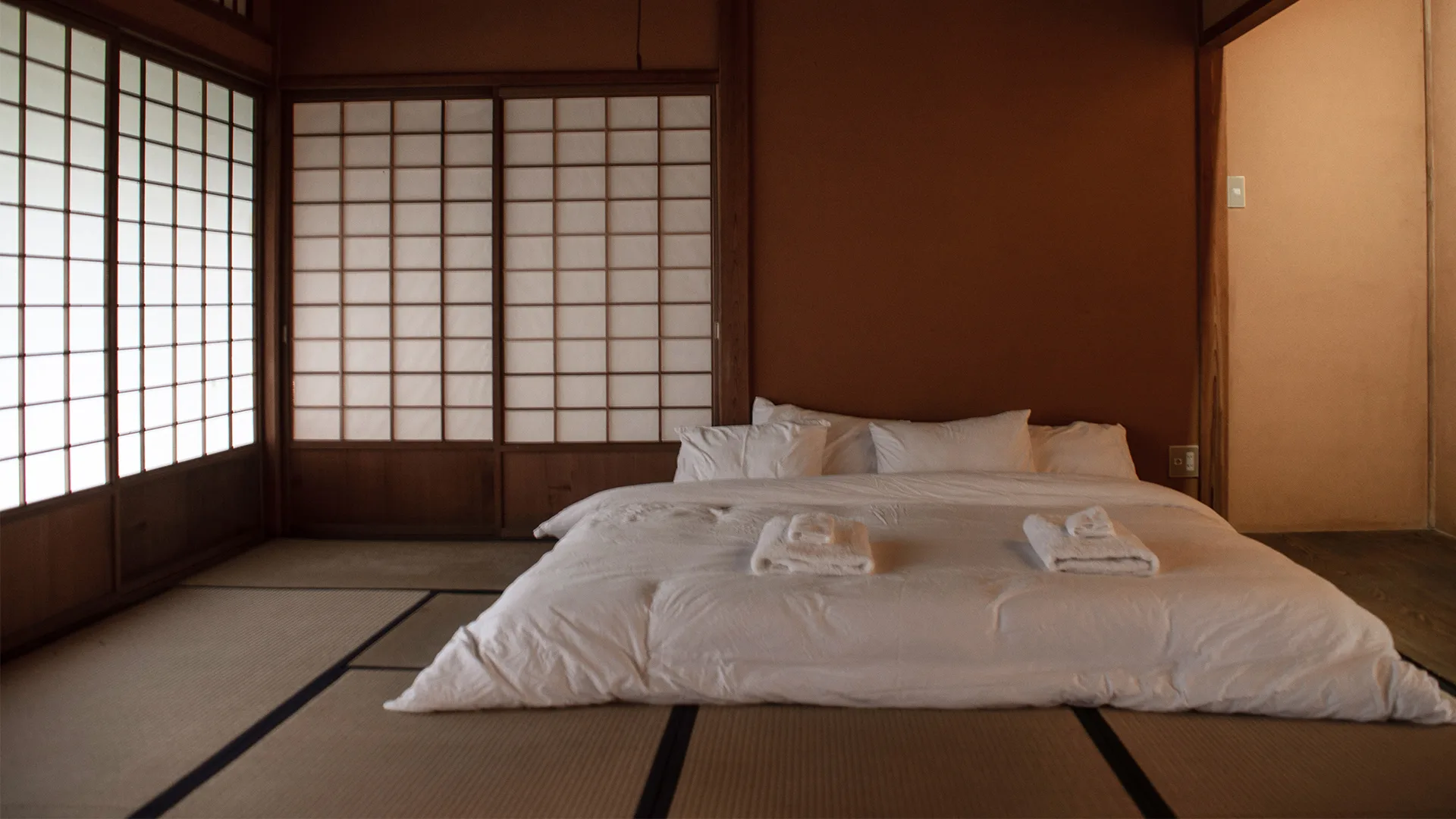
It was the promise of all this snow that lured me here more than a decade ago. Since that first visit, I’ve been fortunate to return regularly with each trip revealing more local secrets. Secrets such as AIR Myoko.
Originally built in the late ’70s, this seven-room ryokan at the edge of Akakura Onsen village was (re)opened in late 2018 by husband-and-wife team Nana Kazama and Liam Mugavin, an Adelaide furniture maker who moved to Japan to teach English and snowboard on weekends. AIR brings these two worlds together.
An on-piste address is ideal for impatient skiers and boarders keen to maximise their on-mountain time while the communal table in the dining room was made by Mugavin using local timber.
Other design choices speak to a sincere connection to Japanese culture. Understated guest rooms display tatami mats, shoji screens and stone basins in ensuite bathrooms. Two private onsens overlook the slopes.
The ryokan also doubles as a gallery for work from the artists-in-residence (in case you were wondering what AIR stood for) that make the pilgrimage to this alpine haven.

These visiting creatives also include chefs. And like Japan ski resorts generally, Aussies feature prominently with Sydneysider Joel Bennetts (Fish Shop, Peppe’s) and former GT best new talent winner Luke Burgess (Garagistes) among those to have cooked breakfast and dinner here.
Last winter, Irish-born chef Peadar Lewis was on the tools, carefully grilling and glazing eggplants as if they were pieces of eel and searing dry-aged katsuo with glowing binchotan. Niigata ingredients featured prominently, from kanzuri (the region’s punchy snow-fermented chilli paste) to house focaccia being enriched with local tofu.
“I tried to keep the dishes pretty simple and not change ingredients too much,” says Lewis. “Myoko really is its own little world. It feels strange going on break and getting in an hour on the board.”
Not that AIR is the only place to eat in town. A change of address has done little to dampen the party at family-owned noodle restaurant, Udon no Fu. While seasoned Myoko veterans swear by the skewers at Yakitori Asagao, I’m yet to land a booking at this fabled izakaya so I’ll have to take their word for it. I will, though, vouch for Krone, a nearby café specialising in hot dog pretzels.
Close to Krone is a Daily Yamazaki convenience store: your go-to for onigiri, Pocky and other snacks for the mountain. Speaking of on-piste dining, filling kebabs and reggae tunes at Kebab 501 Igloo make it the resort’s most unique lunch option.
Considering Akakura Onsen’s size, the village’s nightlife options are solid. You can do karaoke (the lounge at Kotobuki). You can do cocktails (Hotel Taiko’s Grape and Grain). You can do cocktails with baked sweet potatoes (the jovial Avaya). You can even sip natural wine and local sake at Bar AIR: AIR’s wine bar spin-off pouring the same drinks as the mothership.
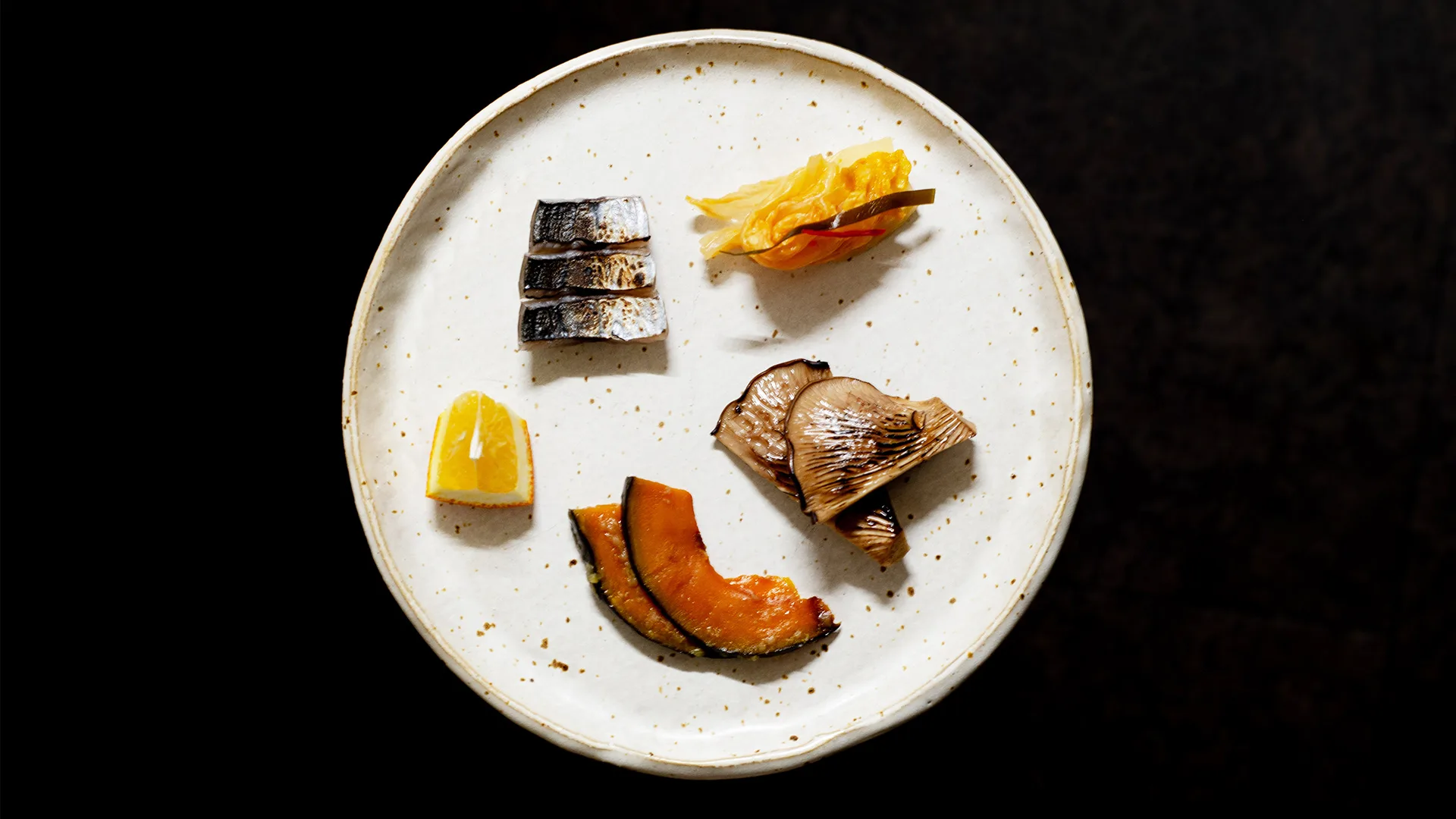
While some will thrill at the idea of ending a bluebird day on the mountain with organic Catalan grenache, others will grumble at another untraditional offering coming to Akakura. Mugavin and Kazama get it. In a country where tradition matters, one needs to choose their moments to rock boats carefully.
Which perhaps explains why the couple waited five years to start AIR’s next chapters: new cabin and studio accommodation, plus a workshop hosting courses led by visiting artists and teachers. And not just during the snow season.
“Even though we’re a ski hotel, we don’t focus on that aspect,” says Mugavin. “We want to focus on food and other cultural elements and build up the green season. We want AIR to play an active role in developing this area.”
And just like the Kita-Shinano train, they’re moving very slowly, steadily and surely towards their goal.
Six best ski resorts in Japan
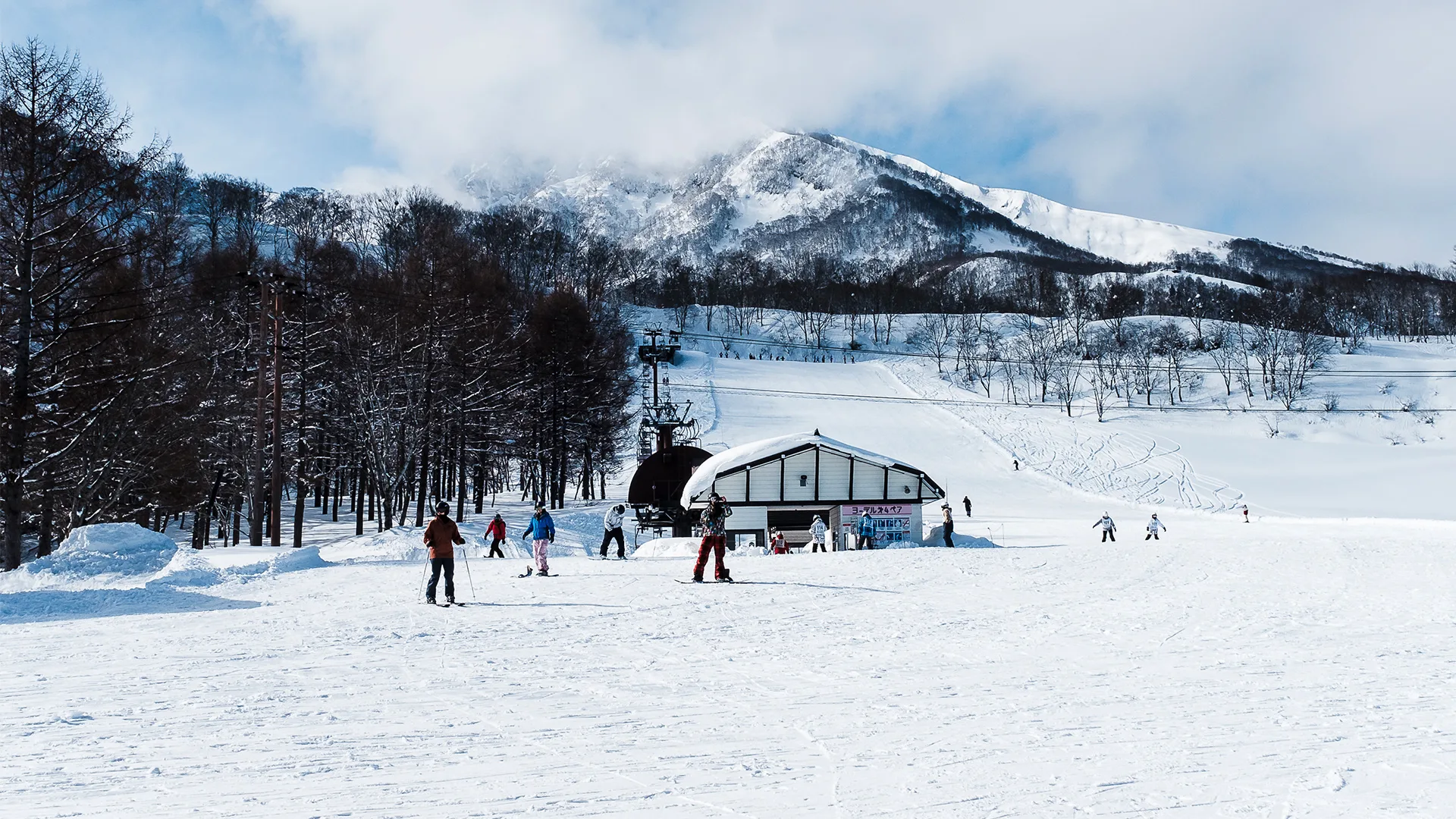
Food, views, fluffy powder snow, invigorating onsens: Japanese ski resorts have it all. Here are five other places to consider when planning your next winter getaway.
Furano (Hokkaido)
Hokkaido is buckwheat country, which helps explain why soba – Japan’s ubiquitous buckwheat noodle – is so commonplace here. Eat up. With so much powder to be explored (thank you Siberian weather systems), it pays to keep energy levels high.
Nozawa Onsen (Nagano)
With its cobbled streets and bijou bathhouses, Nozawa Onsen looks like it’s straight out of a Disney movie. The opening of natural wine listening bar Guruguru has bolstered an already strong food and drink offering while Jugem and its late-night Chinese has salvaged many a morning after.
Tomamu (Hokkaido)
A modern resort in Central Hokkaido known for its powder and tree skiing (and not to mention the twin rods that comprise the resort’s landmark, The Tower). For families, an all-inclusive stay at Club Med Tomamu makes for an easy set-and-forget stay for both adults and children.
Rusutsu (Hokkaido)
Comprising of three peaks, Rusutsu is Hokkaido’s largest all-season resort. (During summer, attractions include golf, running trails and an amusement park.) The mix of terrains is diverse, as is the eating that runs from high-end sushi to Octoberfest-themed buffets.
Niseko (Hokkaido)
Yes, it’s busy and tourists flock here for the nightlife, but it’s hard to be mad at a destination with this much powder snow and good eating. Highlights include Kamimura, the eponymous Michelin-starred French fine-diner opened by Tetsuya’s alum Yuichi Kamimura; and wood-fired pizzeria, Pizza Del Sole.
Hakuba Valley (Nagano)
Again, this ski resort in Japan is busy and popular for Australian travellers. But it’s for good reason. Hakuba is one of the largest ski destinations in Japan, offering a variety of terrain, including plenty of gentle beginner slopes. Plus, local sites and experiences, such as snow monkeys and nearby castles, are good ways to while away the hours for any non-skiers in your circle.

The most popular Japanese ski resorts for Australians to travel to are Niseko and Hakuba.
Japan’s ski season runs between December and April, so if you’re planning a ski trip, your best bet is to book within that period.
Located 300 kilometres west of Tokyo, Hakuba in Nagano Prefecture is less than a three-hour journey from central Tokyo and, therefore, it’s one of the easiest ski fields to access — especially after a long-haul flight from Australia. Hakuba also boasts ten resorts within the area, all of which can be easily accessed by a shuttle service.
Both Hakuba and Niseko are English-friendly, making getting around even more convenient.

